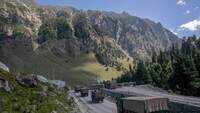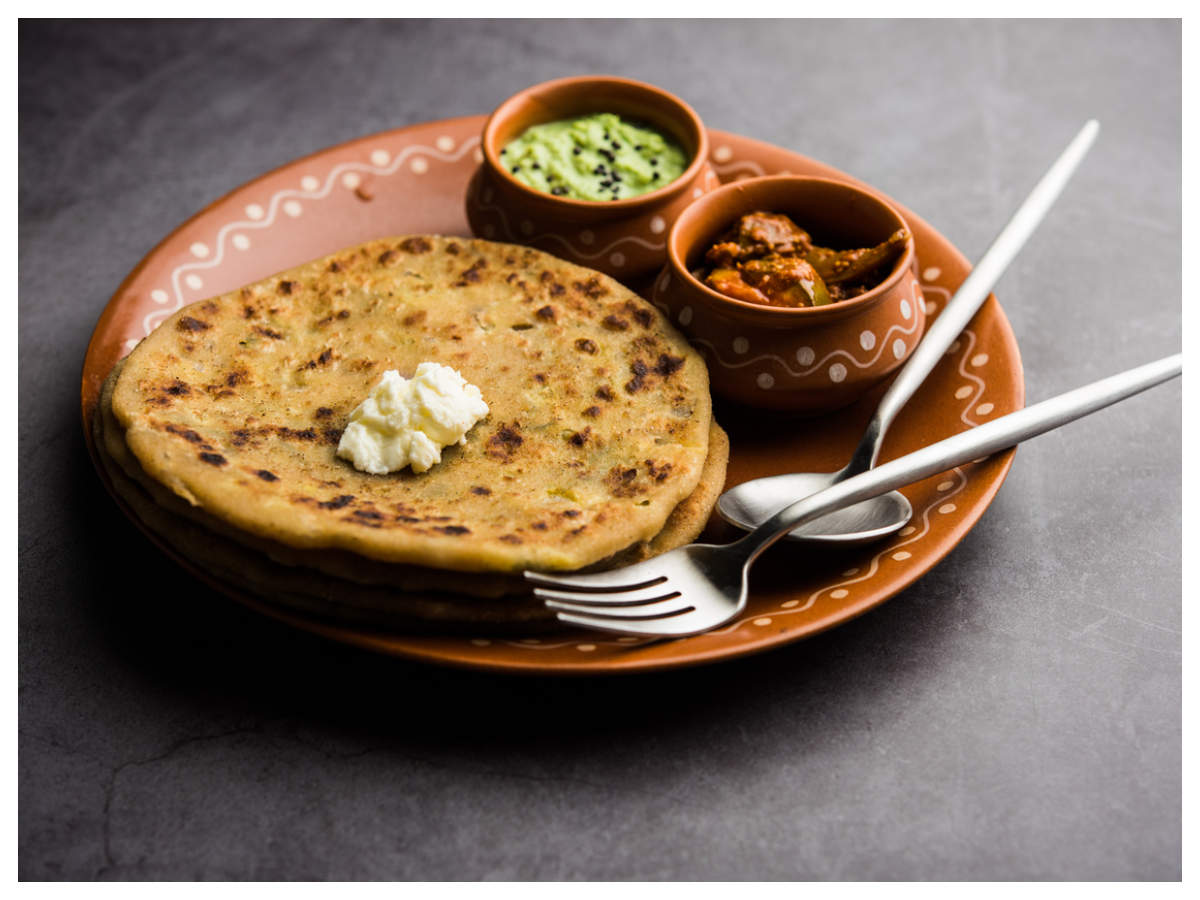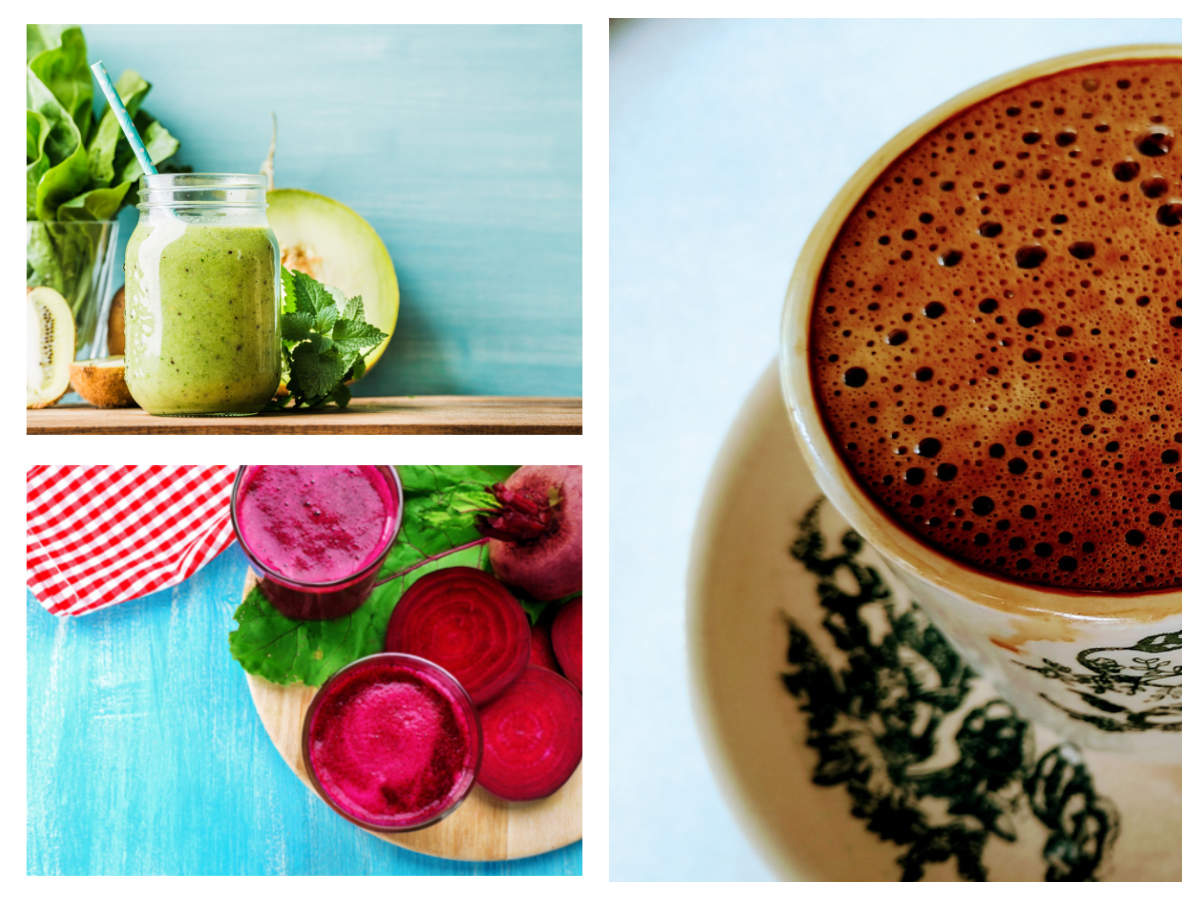
How often have bus rides, dinner party conversations or social media exchanges turned hostile over the north vs south India issue? Stereotypes are bandied about and seldom can the two sides see eye to eye. In this dangerous territory, Dr Alice Evans, a lecturer at King's College, London, dived in recently armed with data to show a woman in south India with the exact same household wealth, caste and religion as her north Indian counterpart will likely have more autonomy whether it is in education, marriage or ownership of assets.
According to Evans, southern and north-eastern women are more likely to
a) survive infancy
b) be educated
c) marry later
d) choose their own husbands,
e) bear fewer children
f) exercise more control over their dowry
g) socialise with friends, move more freely in their communities
h) and work alongside men
The reasons are complex. She attributes the north's poor treatment of women to a variety of factions including a legacy of wheat-cultivation, deep-tillage, pastoralism, patrilineal patrilocal kinship, caste-based policing, and invasions.
Wheat impact on women's work
Evans argues that since rice-cultivation, a staple in the south and north-east, is more labour intensive than wheat, women are needed in the fields. “Over the centuries, women's work is normalised in rice-growing regions, and persists outside agriculture,” she says. Research by associate professor at the University of Texas Gautam Hazarika suggests that urban female workforce participation is 11% higher in districts more conducive to rice rather than wheat-cultivation, under rain-fed and low-input conditions. Traditions of labour intensive cultivation raise female employment, even in urban areas and could positively impact autonomy.
Pastoralism tied to son preference
Evans also traces control over a woman's sexuality to pastoralism which was historically pervasive across north-west India and pastoral societies. Men take the herd to pasture, and leave for a few days searching for new pasture. If men cannot observe women's whereabouts, they may worry about paternity, and try to control female sexuality.
Evans quotes research by Harvard Business School assistant professor Anke Becker which says that women whose ancestors subsisted on pastoralism express greater preference for sons, which is reflected in uneven sex ratios. In formerly pastoral castes (like Jats), brides tend to move out of their natal village to live with their husband’s family. So, sons tend to be preferred as they support elderly parents, perform ancestral rites, and continue the lineage.
Islamic rule increased gender segregation
But besides being patrilineal (which most of India is with very few exceptions), another important issue is that north India was more affected by repeated invasions. Female slaves - as historian Ira Mukhoty details - were used as mules: farming, fetching water, smearing cow dung on the floor, disposing of human waste, and for sex. During Islamic rule, north Indian society became more gender segregated. Since the ruling class practised purdah, it came to signify status. Upwardly mobile families followed suit, to symbolise respectability in an age of insecurity.
This combined with caste-based notion of purity was a big setback to women's autonomy. “The notion that male kin would lose honour if women were degraded by outsiders led to northern women increasingly concealing their bodies, lowering their gaze, averting their eyes. They were chaperoned, and (if they could afford to) refrained from mixing with strangers. Segregation amplified gender inequalities. Those effects persist today,” Evans says.
And though northern parents are increasingly supporting their daughters' education, this is primarily to improve their marriage prospects, not work outside the home.
According to Evans, southern and north-eastern women are more likely to
a) survive infancy
b) be educated
c) marry later
d) choose their own husbands,
e) bear fewer children
f) exercise more control over their dowry
g) socialise with friends, move more freely in their communities
h) and work alongside men
The reasons are complex. She attributes the north's poor treatment of women to a variety of factions including a legacy of wheat-cultivation, deep-tillage, pastoralism, patrilineal patrilocal kinship, caste-based policing, and invasions.
Wheat impact on women's work
Evans argues that since rice-cultivation, a staple in the south and north-east, is more labour intensive than wheat, women are needed in the fields. “Over the centuries, women's work is normalised in rice-growing regions, and persists outside agriculture,” she says. Research by associate professor at the University of Texas Gautam Hazarika suggests that urban female workforce participation is 11% higher in districts more conducive to rice rather than wheat-cultivation, under rain-fed and low-input conditions. Traditions of labour intensive cultivation raise female employment, even in urban areas and could positively impact autonomy.
Pastoralism tied to son preference
Evans also traces control over a woman's sexuality to pastoralism which was historically pervasive across north-west India and pastoral societies. Men take the herd to pasture, and leave for a few days searching for new pasture. If men cannot observe women's whereabouts, they may worry about paternity, and try to control female sexuality.
Evans quotes research by Harvard Business School assistant professor Anke Becker which says that women whose ancestors subsisted on pastoralism express greater preference for sons, which is reflected in uneven sex ratios. In formerly pastoral castes (like Jats), brides tend to move out of their natal village to live with their husband’s family. So, sons tend to be preferred as they support elderly parents, perform ancestral rites, and continue the lineage.
Islamic rule increased gender segregation
But besides being patrilineal (which most of India is with very few exceptions), another important issue is that north India was more affected by repeated invasions. Female slaves - as historian Ira Mukhoty details - were used as mules: farming, fetching water, smearing cow dung on the floor, disposing of human waste, and for sex. During Islamic rule, north Indian society became more gender segregated. Since the ruling class practised purdah, it came to signify status. Upwardly mobile families followed suit, to symbolise respectability in an age of insecurity.
This combined with caste-based notion of purity was a big setback to women's autonomy. “The notion that male kin would lose honour if women were degraded by outsiders led to northern women increasingly concealing their bodies, lowering their gaze, averting their eyes. They were chaperoned, and (if they could afford to) refrained from mixing with strangers. Segregation amplified gender inequalities. Those effects persist today,” Evans says.
And though northern parents are increasingly supporting their daughters' education, this is primarily to improve their marriage prospects, not work outside the home.
Download
The Times of India News App for Latest India News

Coronavirus outbreak
Trending Topics
LATEST VIDEOS
India
 Sports Minister Kiren Rijiju shares scenic vista on last day of campaigning in Ladakh
Sports Minister Kiren Rijiju shares scenic vista on last day of campaigning in Ladakh  Pakistan plans to hit Hindu-dominated areas of J&K during festive season: Intel sources
Pakistan plans to hit Hindu-dominated areas of J&K during festive season: Intel sources  Covid-19: India's case tally crosses 7.2 million mark
Covid-19: India's case tally crosses 7.2 million mark  Oxford Covid-19 vaccine phase three results by November-December
Oxford Covid-19 vaccine phase three results by November-December  Case fatality rate in Covid-19 1.2% without co-morbidities, 18% with them, says Government data
Case fatality rate in Covid-19 1.2% without co-morbidities, 18% with them, says Government data  LAC face-off: India’s border infra root cause of tension, says China
LAC face-off: India’s border infra root cause of tension, says China
More from TOI
Navbharat Times
Featured Today in Travel
Quick Links
Coronavirus in MumbaiCoronavirus in KolkataCoronavirus in HyderabadCoronavirus in DelhiCoronavirus in BangaloreCoronavirus symptomsCoronavirus in IndiaBihar elections 2020Coronavirus NewsSolar EclipseNPRWhat is NRCCAB BillCAB and NRCRTI BillPodcast newsLok SabhaUS Election 2020CongressBJP newsUIDAIIndian ArmyISRO newsSupreme Court
Get the app



